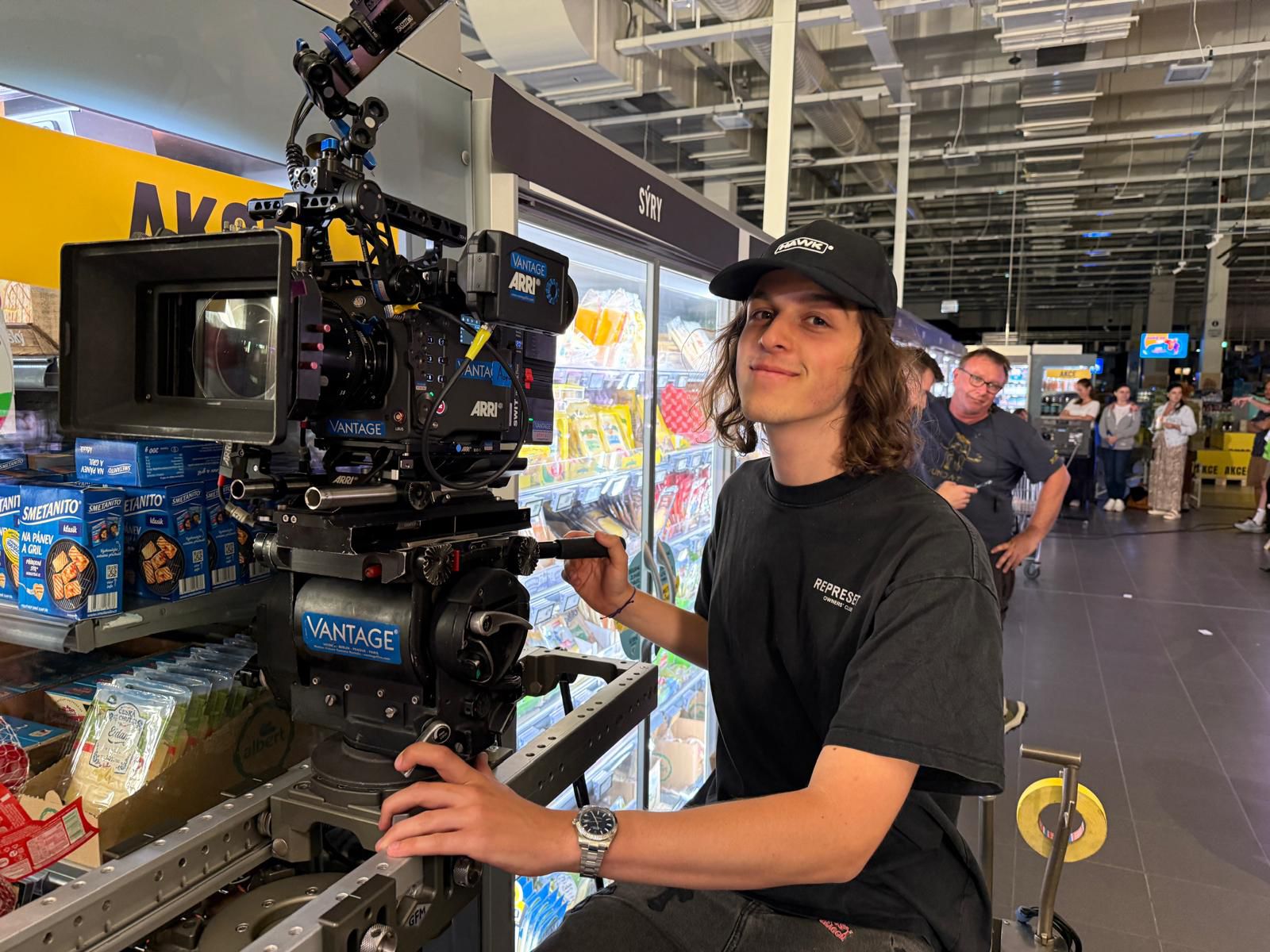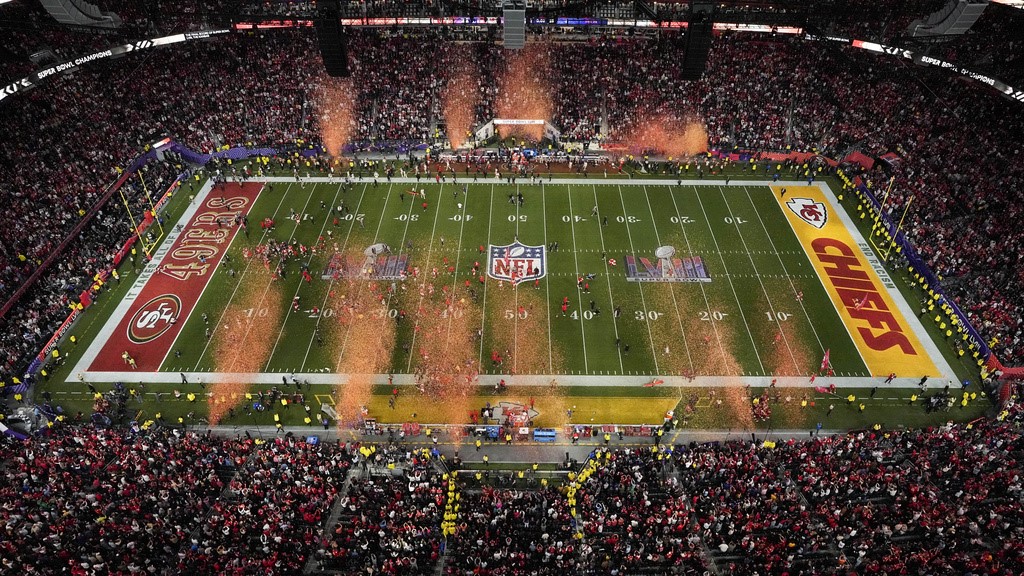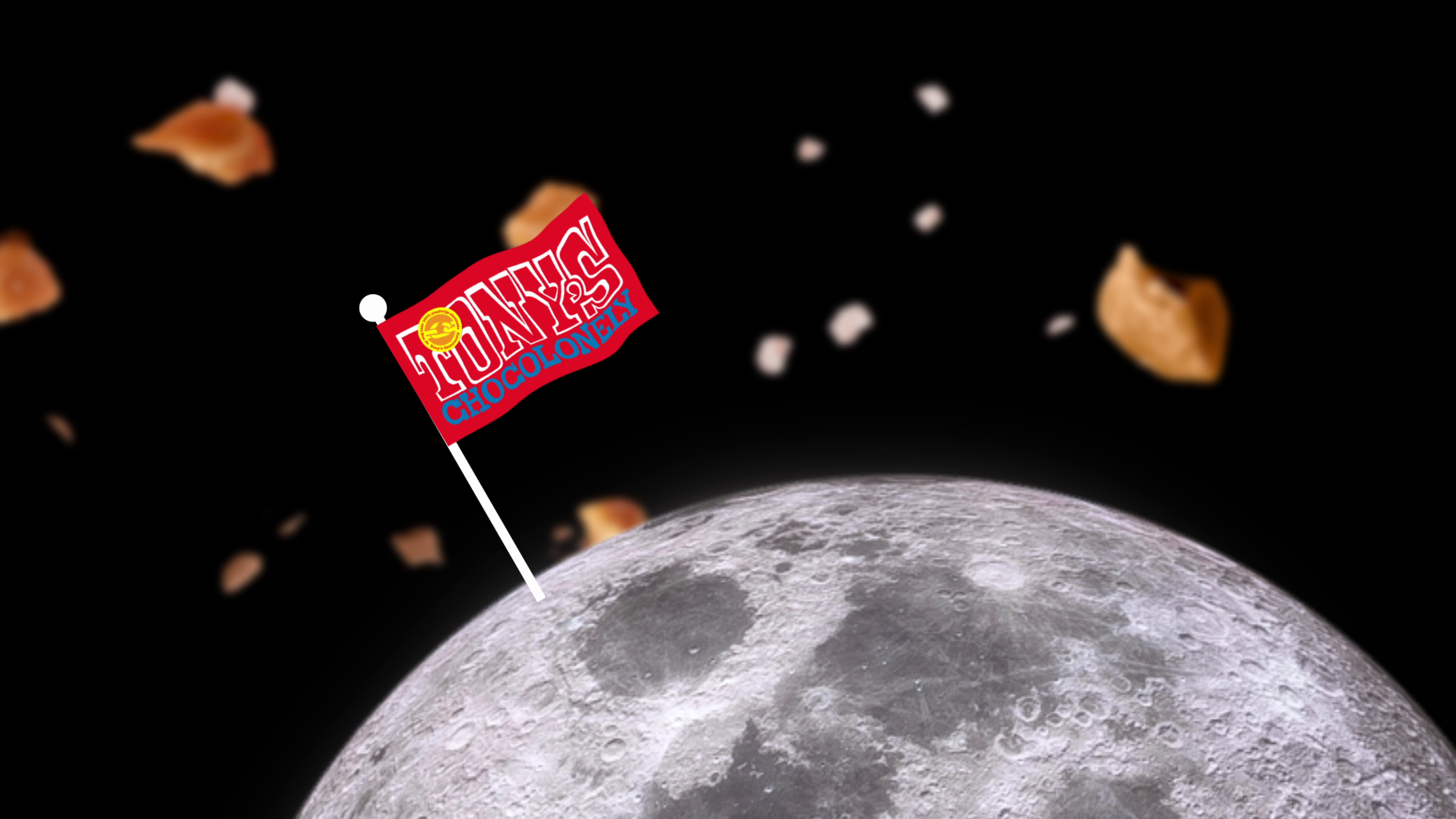As the battle for market dominance intensifies, A-list food and drink brands must rethink their advertising strategies.
Emotion, purpose and cultural relevance would be prioritised in order to make the brand famous — a recipe that would inevitably relegate the product to little more than an afterthought.
Today, this model is splintering. Consumers are more value-conscious than ever; 95% of global consumers cite good value as the determining factor during purchase consideration. On top of that, the fragmented media landscape is making it more difficult to capture and maintain attention.
But for A-list brands in the food and drink space, arguably the most influential factor in changing the status quo has been the rise of private labels. Previously considered second-class products, both in terms of price and quality, these alternatives have been stealing market share fast.
In 2024, store brand sales were valued at $2.7tn (£2.06tn), representing a 3.3% year-on-year rise. And this trend hasn’t simply appeared overnight. Since 2020, private label sales have increased by 13.2%, compared with a mere 7% lift for national brands.
For multi-product A-list brands, the immediate challenge is devising a formula that will allow them to reassert their dominance over private labels. In this new reality, where everyone is watching their wallet, it’s time to lean on the most powerful brand asset you have: your product.
What are you bringing to the table?
We’re living in a period of substance-driven brand fame. Putting the product at the heart of the story shouldn’t be perceived as “boring” or “functional.” Done right, this is the most effective way to earn attention, justify the premium price point and build long-term recognisability through a distinctive culinary identity.
Unfortunately, it appears that many brands in the food and drink space missed the memo on how to use the product to create distinction. Look at the most recent campaign promoting Pepsi’s “Thirsty for more” platform. Aside from a few cursory appearances of its cans, the soft drink brand spends the majority of its 60-second spot on world-building (with an unsolicited David Beckham cameo to finish).
To the untrained eye, the ad could be promoting any thirst-quenching drink. And to make matters worse, it doesn’t answer the questions that matter. What do viewers actually take away from the ad, besides an abstract feeling?
For legacy brands such as Pepsi and Coca-Cola, the argument is that they possess sufficient money in the recognition and awareness bank to allow the product to play second fiddle in ads. But this isn’t a foolproof strategy. Not only does it fail to explain why the product is better than its competitors; it doesn’t justify why consumers should spend between 30% and 40% more compared with any private label alternative.
It’s not a hard nut to crack
So, what does the journey back to the top look like for A-list brands?
First and foremost, they need to ensure they own their category. Demonstrating that you’re an expert in your field provides some valuable credibility — even if this requires a strategic U-turn. This was the case for KFC, which recently sidelined Colonel Sanders as its core storytelling device. By making chicken the hero of the story, the brand reinforced its position as a leader.
Brands with commodity products may perceive proving ownership as an impossible task, but a glance at the latest instalment of Heinz’s “It has to be” campaign says otherwise. These billboards, which put the spotlight on its signature products (ketchup, baked beans and tomato soup), provide a lesson in tapping into what makes a brand famous with its customers to secure resonance and cut-through.
Instead of trying to fight the fact that its products look almost identical to its competitors (after all, ketchup looks like ketchup), Heinz uses this to its advantage. Consumers are immediately familiar with the zoomed-in images, meaning that the slogan (written in Heinz’s iconic typeface) isn’t the foundation of the campaign, but rather acts as a garnish.
McDonald’s has followed a similar school of thought when revamping its breakfast advertising. Previously, these campaigns have highlighted relationships — be it between parents and children, or early-morning workers and their first cup of coffee. Now, stripped things back so that the menu is the star of the show, be it the trademark hash brown or its breakfast muffin. This change of track sees McDonald’s focusing on what it’s selling, as opposed to the feeling it was selling.
It’s important to stress that the product isn’t just the key to succeeding in the competitive food and drink sector. Apple’s “Shot on iPhone” campaign is the perfect example of how to leverage a cinematic spot to showcase a product’s differentiating features to drive desire, while simultaneously positioning your brand as an industry leader.
Apple and its fellow tech brands are blessed in that they typically have a distinguishing aspect to focus on — the same can’t always be said for (all) food and drink products. That’s why brands in this category should prioritise underscoring their authority.
Have your cake and eat it
In a world where everything is put under a microscope, A-list brands shouldn’t be afraid to put all their eggs into the product basket. Using your product is the safest, best-explained currency with lasting credibility — think of Bud Light and Dylan Mulvaney or Pepsi and Kendall Jenner.
To any brand worried about the impact that elevating the product will have on their ads’ ability to elicit an emotional response, I say this: don’t be. By amplifying your product’s deliciousness, you’re able to tap into one of the most basic (yet powerful) human emotions: hunger. Everyone has cravings; not everyone likes celebrities. Understand this, and double-down on making your product as attractive as possible, and it won’t take long for stock to fly off the shelves.







